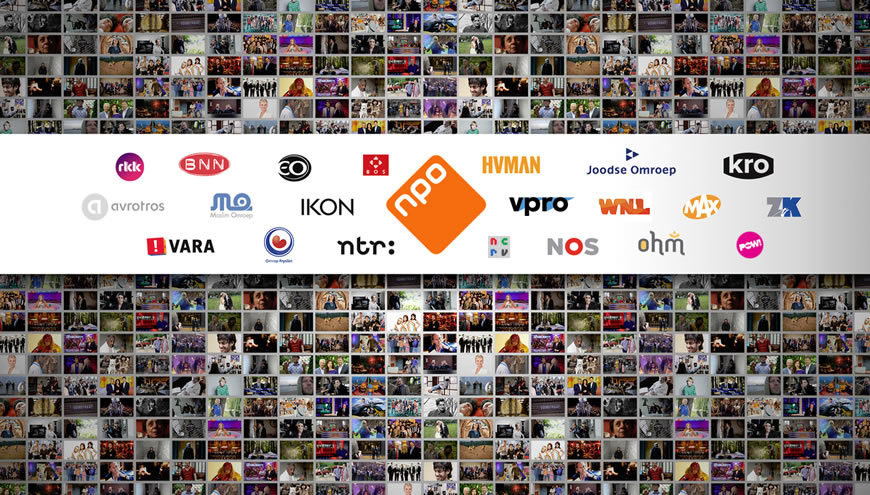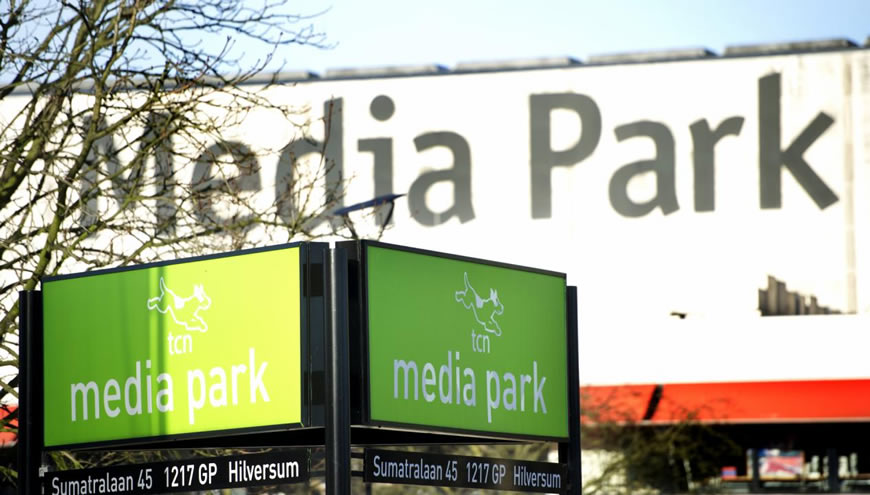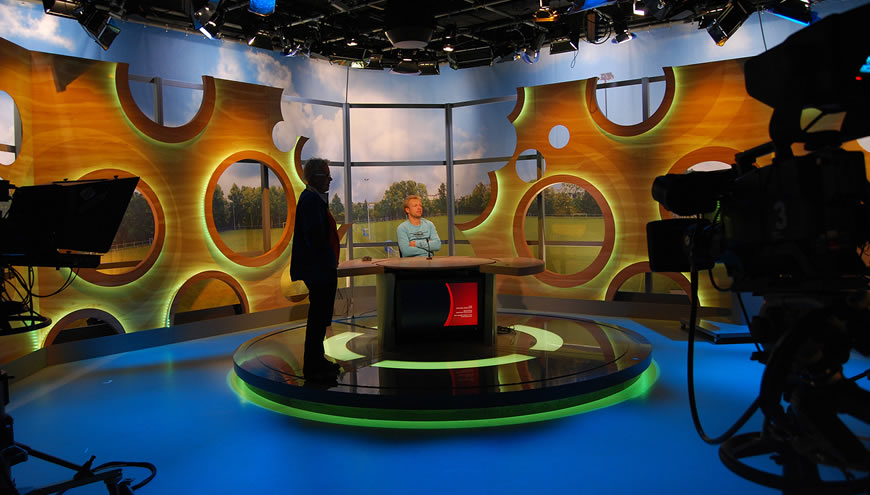About the Netherlands
"... this just in"
The media landscape in the Netherlands
The Dutch have a unique approach to public broadcasting. Up to the 1980's, virtually all radio and TV channels were controlled by the government, and airtime and funds were allocated to formal organizations who reflected political or religious currents, with the amount of airtime and money depending on how many members they had.
But since the introduction of new legislation in the late 1980's the airwaves have been opened, and nowadays the formal government-sponsored public radio and TV channels face stiff competition from commercial stations. Holland has one of the most extensive cable TV networks in Europe (over 95% of households have cable TV) , and present-day Dutch viewers and listeners also have access to a wide range of domestic and foreign channels. Yet the three national public TV stations still enjoy high audience shares, and continue to dominate the TV landscape.
The Netherlands has a well-deserved reputation for allowing different voices and opinions to be expressed, and the traditional broadcasting system reflected these values. The Dutch love their opinions, and they love to voice them even more. It should come as no surprise that the first ever radio program was broadcast from the coastal town of Scheveningen in the Netherlands as far back as 1919.
In the Netherlands, freedom of the press is guaranteed by the constitution, as is free speech. The Dutch openly encourage expressing diverse opinions and tastes, and seem to love the enthusiastic debate that often ensues. But in general, the lively public discourse in the media is quite civil and respectful. Most newspapers in the country are broadsheets and Dutch readers do not seem to have developed a taste for sensationalist tabloids.




